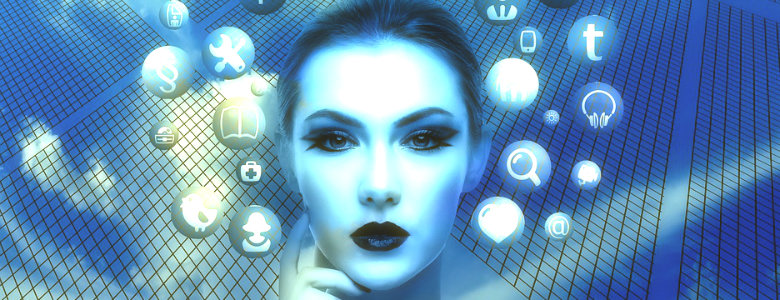What's the big deal about (chat)bots?

Image credit: Pixabay
I’m often asked “Dharmesh, I hear you're obsessed with chatbots. But I don’t get it. What’s the big deal?”
First off, a simple definition: A chatbot is a piece of software that people can interact with over conversational channels like messaging and voice.
As a developer, one reason I’m so excited about chatbots is that they provide a relatively blank canvas.
And on that canvas, users are allowed to dream.
They’re free to ask questions they never knew there were answers to. Patterns begin to emerge, and you find a unique perspective on what to build and write.
With traditional product management, one of the key challenges is figuring out what people want. But with chatbots, people (literally) tell you what they want.
Of course, early versions of a chatbot never support all the things that people want to do — but that changes over time. Savvy bot builders add the capabilities people are already looking for.
The idea of chatbots is nothing new.
In the 1960s, Joseph Weizenbaum developed the ELIZA computer program at MIT’s Artificial Intelligence Laboratory. It simulated responses that a therapist might give.
Surprisingly, when Weizenbaum released ELIZA to the non-technical staff at the lab, they thought the machine was a real therapist.
Fast-forward to today’s chatbots.
Plugged in and drawing from an almost unfathomable number of data sources, they deliver information and services on-demand to users based on their preferences.
In a single step, users can ask and learn next week’s forecast from a weather bot.
They could always load up their browser to a preferred weather service, type in the location, and filter by date. But it begs the question, why?
Now imagine a world where customer service bots use your search history to quickly provide you with a list of suggestions on where to host a dinner party.
Or where a taxi arrives at your doorstep without you ever lifting a finger because your calendar bot knows you need to leave for the airport for a trip.
And, that’s all before you even factor in the business superpower of chatbots.
That’s where it gets really interesting.
Much Ado A Bot Relationships
Marketers around the globe are constantly trying to be helpful. But conversations often leave us asking: How can we be of more help?
Customers expect the same level of service from a company, whether from a human or a bot.
In one study, seventy-eight percent of customers didn’t go through with an intended purchase because of poor service. And 67 percent of customers opted-out of a purchase when they couldn’t reach a real person.
We all want to build stronger relationships with customers.
And through the resourcefulness and immediacy of bots, we can have more meaningful human interactions with customers.
Bots help augment our own human qualities.
They allow us to quickly find the most relevant information, meaning we can work smarter and learn more.
And that’s key.
Because it means bots empower us to get to the human value faster.
This notion of empowerment is important. It would be a mistake to think of bots being a threat to humans.
I think a more accurate characterization is to think of bots as an amplifier for human capabilities, making us more productive and efficient.
Organisations can scale their customer support using bots in a way that keeps headcount costs manageable.
The key is a focused bot that solves a simple problem well.
(While the problem is simple, the chatbot’s capabilities are not.)
I’ve kept this in mind as I furiously code away at HubSpot’s very own GrowthBot. It connects to a variety of platforms (like HubSpot, Google Analytics and others) and gives the user quick, easy access to information and services.
Chatbots don't just chat
We’re still a bit behind in natural language processing.
Users are still unable to interact with a chatbot in the same way they would another human being. But the real problem with chatbots?
The word chat.
Chat is something you do when you’re bored.
Instead, we need to think of bots as superhuman interns. They’re all knowing, ready for work, and can manage to do in seconds what used to take us hours — if not days.
As folks continue to innovate, the future of chatbots will involve active response.
They will hear you talking about something, and use their skills to do work on your behalf. All without a single question asked and based on conversations and work you’re already doing.
Interacting with a bot is a very intimate conversation, unlike e-mail.
But bots that draw too much inorganic attention to themselves by 'shouting' at users about how great their skills are and how much users need to try them out — these ultimately get lost in the shuffle. Developers need to have the discipline to resist the temptation to market their bot as if it were spam e-mail.
Instead, they should think about what they can do to delight the user and get them to tell their colleagues. Consider ways that will naturally help spread the word.
We’re still in the early days of chatbots. But there’s already the potential to transform the way we market and sell to be more helpful, more human, more inbound.
And I for one could not be more excited.
This commentary was contributed by Dharmesh Shah, Co-founder and CTO, HubSpot. The views expressed are solely the contributor's own, and do not reflect any official position of GovTech.

